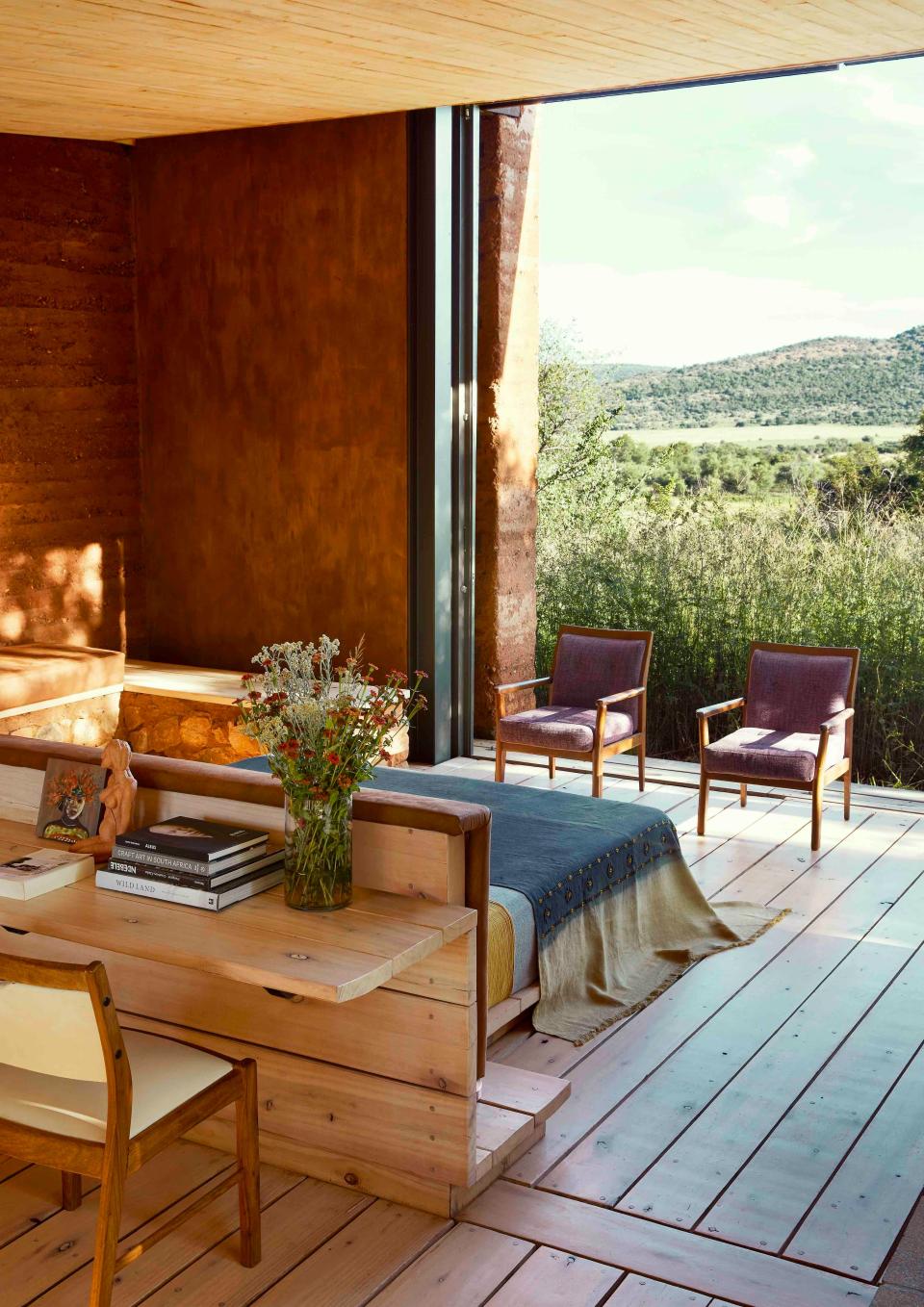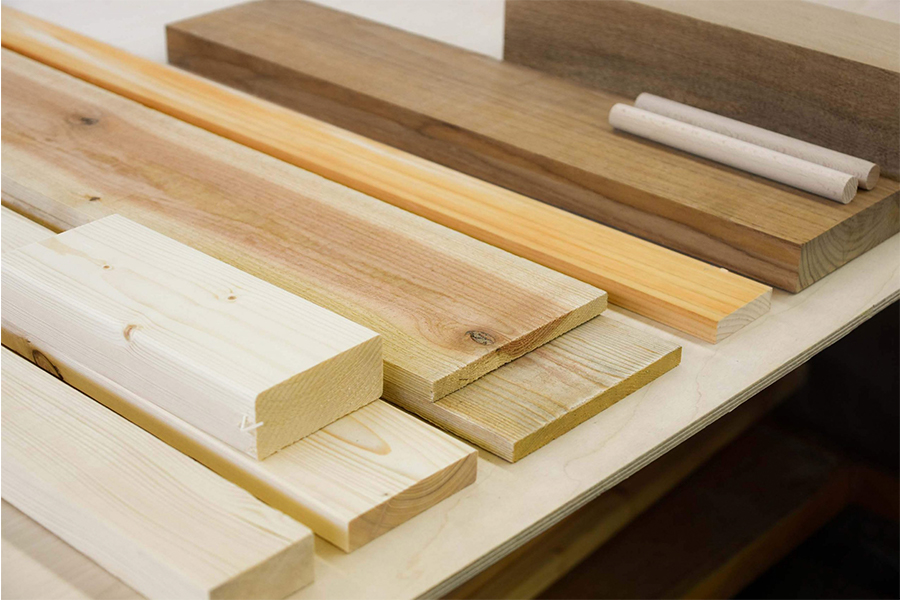Built into the landscape this home is a remarkable experiment in sustainable design

Architect Xavier Huyberechts has a wonderfully poetic way of describing the design concept for the weekend bolthole he built with his brother, Damien. We wanted, he says, ‘to gently lift the carpet at the bottom of the hill and slide the house underneath’.
And that is exactly what they have done.
A green roof allows their creation to disappear into the South African landscape, while sustainable building methods – some of them groundbreaking (quite literally) – mean that its footprint will be just as imperceptible.

Xavier and Damien’s eco-aware approach was fitting for this location: the Vredefort Dome, located 75 miles south west of Johannesburg, is the oldest and biggest meteorite impact site on the planet. More than 2,000 million years old, this crater carries the memory of a critical event that resulted in momentous climate changes. As we face our own climate emergency, it’s a portentous reminder of the importance of thinking sustainably.
Xavier, who runs Johannesburg-based GLH Architects, is known for his pioneering green approach, but here he took that to another level, using stacked stone, rammed earth, handmade compacted earth bricks and earthbags. This is no Hobbit hole, though. Beneath that living roof is a clean-lined, low-slung modernist-inspired villa with floor-to-ceiling glass doors that slide away into cavities in the walls, revealing the house to the surrounding landscape.

Its open-plan living room, dining area and kitchen seem vast, but as you move into the more private areas of this home, things become more cosy. ‘The roof of the property is on one plane, but the floor follows the natural slope of the land, creating more intimate spaces closer to the hillside,’ explains Xavier.
Much of the furniture is bespoke, including the built-in sofas that are designed to make you feel as if you are sitting on the ground. This shift in perspective creates a sense of communion with nature.

Granite floors, off-cuts from a nearby quarry, soak up the heat of the sun during the day and radiate warmth through the evening. ‘Often, when guests walk barefoot at night they ask, “Did you put underfloor heating in?’” laughs Xavier. The thick earth walls (no cement was used, just a touch of lime for waterproofing) are also amazingly effective at controlling the temperature in this extreme location.
Finally, at the heart of all of this innovation is Xavier and Damien’s most experimental flourish: a sunken dome formed using earthbag construction. An idea presented to NASA in 1984 by architect Nader Khalili for building on the moon, it involves laying sacks full of soil in the same way you would traditionally use bricks. It’s just one of the processes the duo taught local farm labourers, wanting to prove to them that the vernacular techniques they were familiar with have value.

‘The reason they were building with earth was that it’s the right thing to do,’ says Xavier, who wholeheartedly believes that these
techniques, which have been used for millennia, can be taken in new directions. ‘By adding a grain of sand to the pile,’ he says, ‘we can slowly shift perceptions.’ glh.co.za







